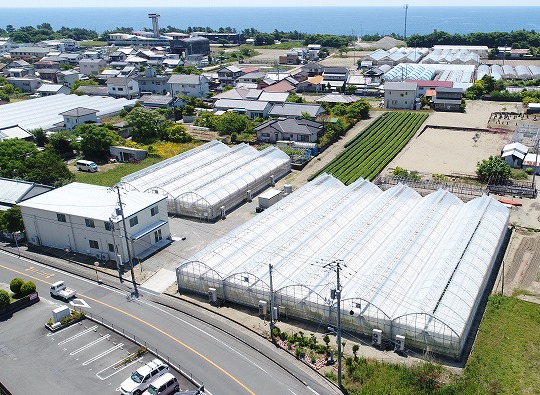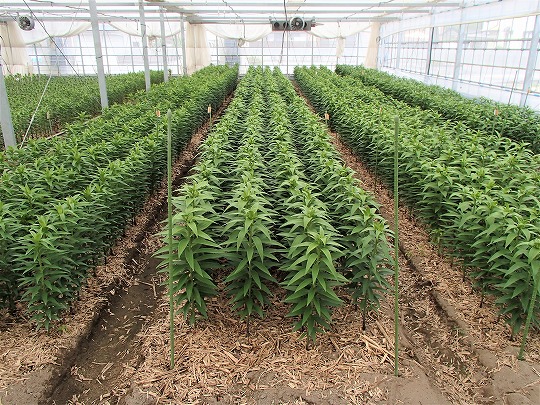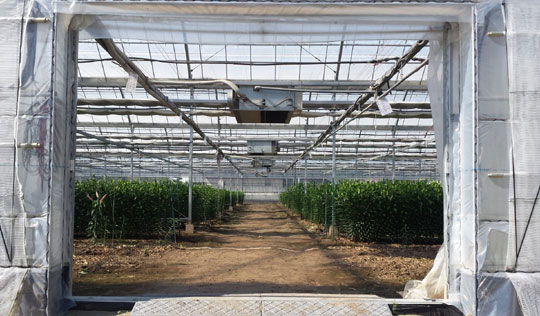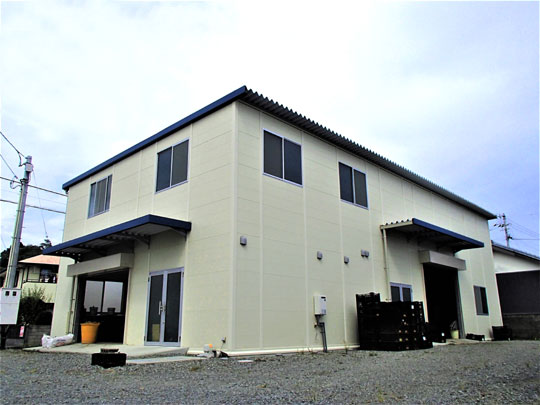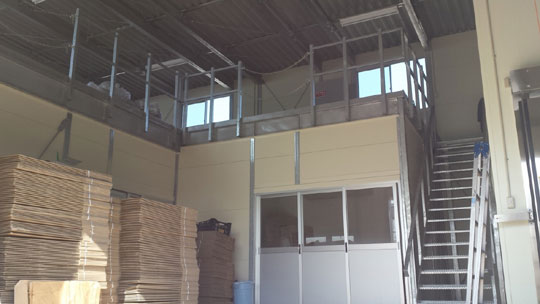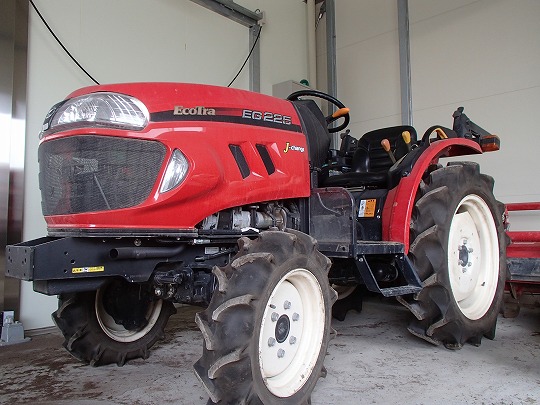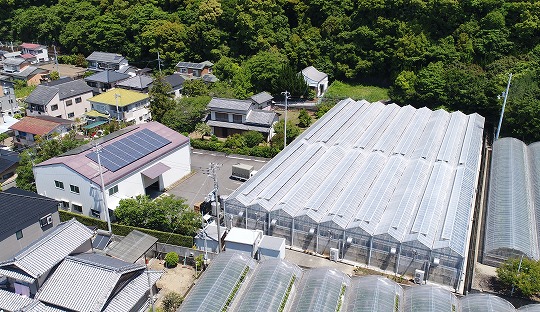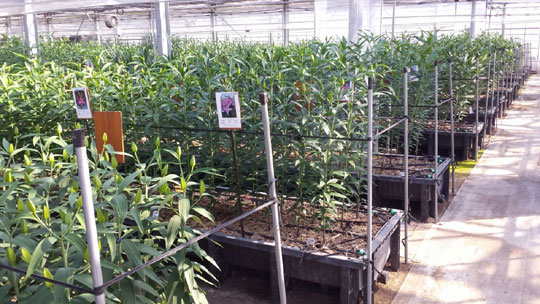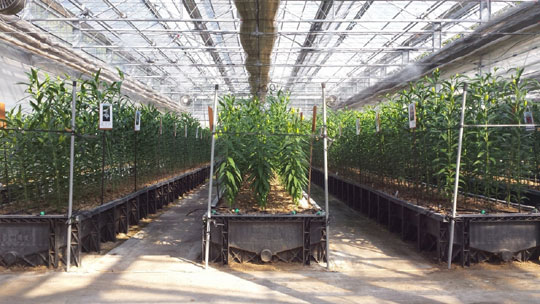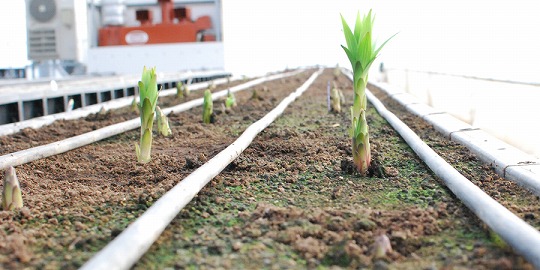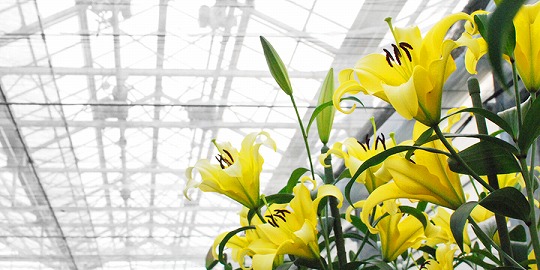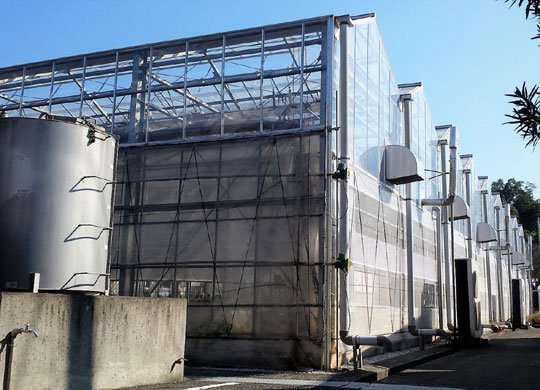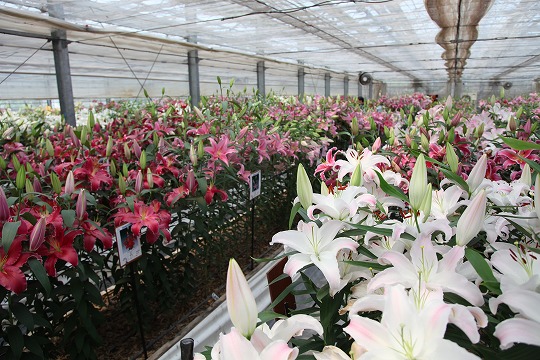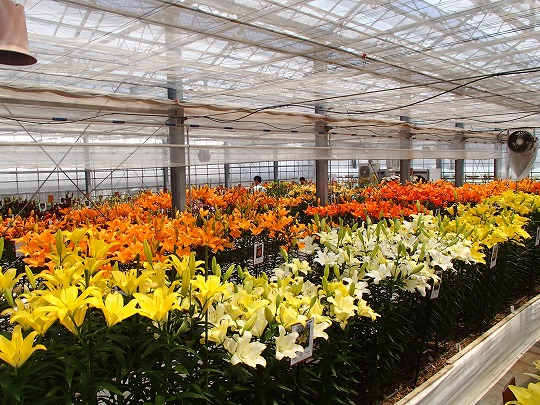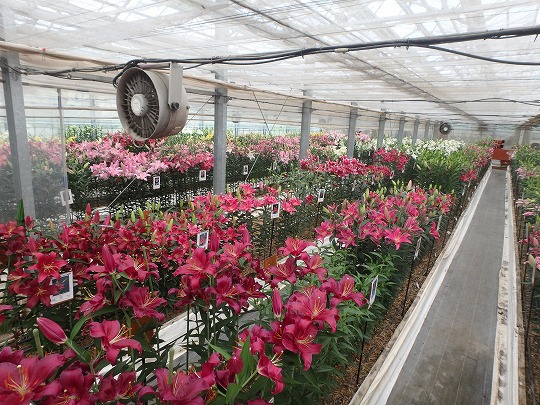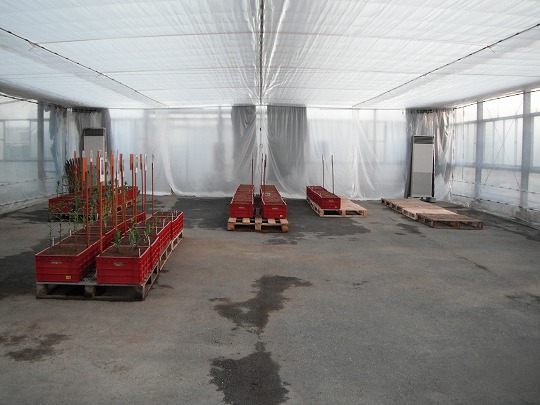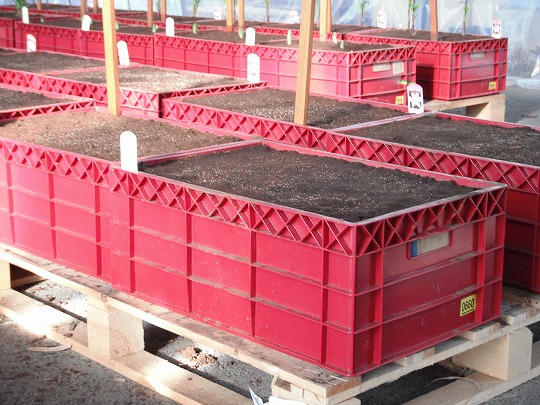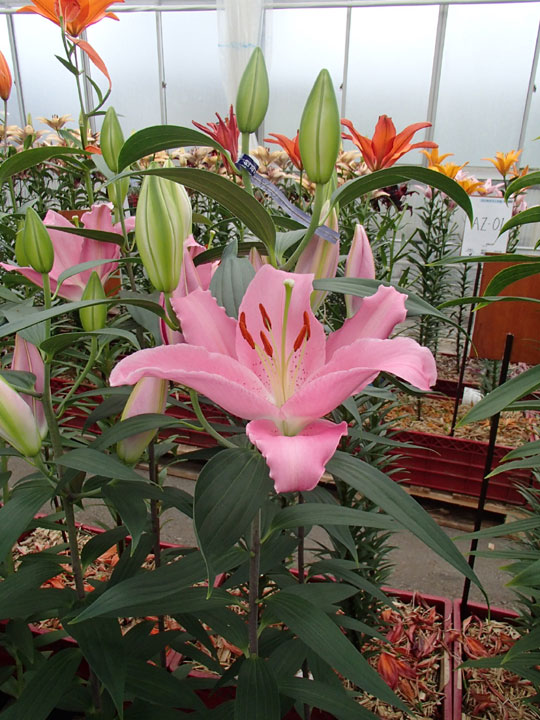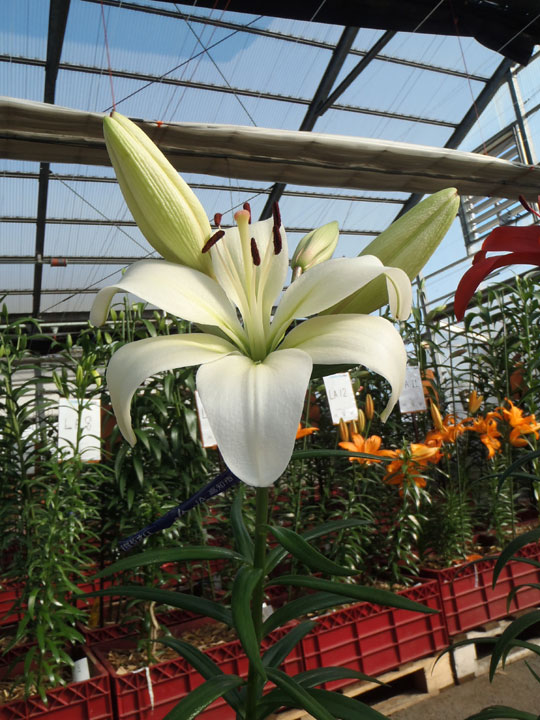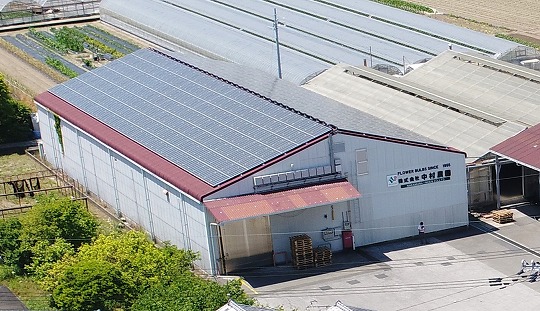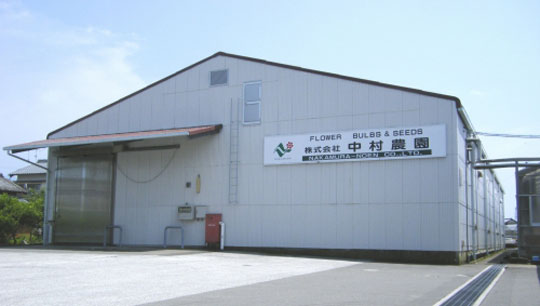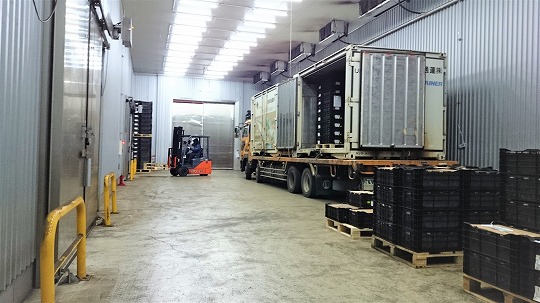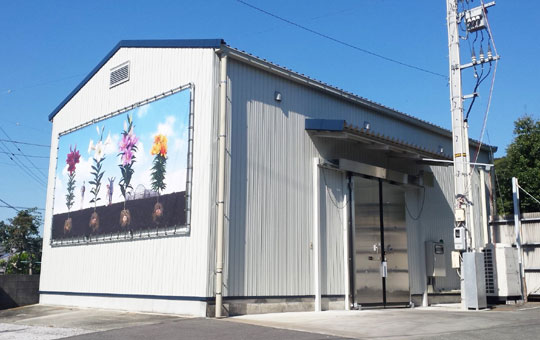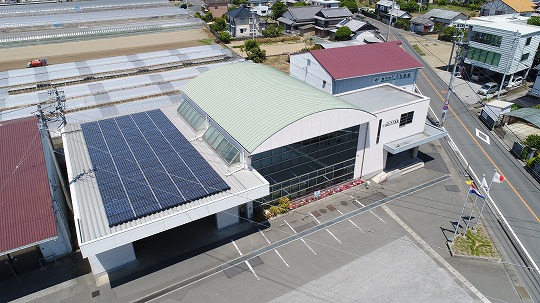Report of business trip to Chile
January 31st, 2017
Nakamura-Noen Co., Ltd.
Mitsuteru Nakamura
I visited Chile from January 24th to 27th for field research. I’d like to give you a brief report of the research below.
Climate and bulbs in each production area
The weather in planting season in Chile was good, and the operation went as planned in most production areas. After that, there were comparatively more rainy and cloudy days in October and December. This kept off too much temperature rise in the middle and south part of Chile. In summer (means now), there has not been extreme hot days either and the weather is mild so far. For these reasons, the bulbs’ condition is good, while the swelling depends on the weather from now.
For the north part, the temperature went up from spring which was good for the primary growth. However, in January, the rain fall is very little and it’s been very dry summer. Therefore, some growers water the fields 3 times in a week. This is same in the middle area. I saw short stems and leaf burning due to the heat influence in some areas, but the bulbs are tight and strong because of plenty of sunshine.
Care for changes
There were virus problems in some varieties and lots of crop 2016 Chile and New Zealand. Especially Plam Virus problem needs the solution urgently even though it’s becoming better in last few years.
Now all the Chilean growers are taking measures to improve the quality, and many growers use planting materials originated in tissue culture which are none/very little virus infection. In recent research, I see many fields which have characteristics of young lots, and it’s generally said that it affects bud counts. These changes sometimes show bigger influences than environmental differences. Another factor of changes is that many growers change the fields to north and south searching better conditions nowadays. For these reasons, we need to check not only areas, climates, and growers’ names, but also origin of bulbs, crop year, planting density and management methods.
We started growth test to compare different lots of 1 case each two years ago. This enables us to act more finely in addition to the field research. The bulb growers abroad are interested in the test results, and we hope they can use the information to improve their production in next year. Please feel free to ask about our tests during your consideration of 2017SH crop’s production plan.
To provide better bulbs
From January to March, the main bulb importers, exporters, and breeding companies visit Chile to check the primary growth and quality as well as our company. Some worries about Chile crop still remain, but Chile also has advantages such as introduction of new varieties, the number of production varieties, fresh water and big production scale. These strong points made the relative companies stay in Chile business, and such companies have kept trying to improve the situation together. We collect and provide information about both Chile and New Zealand, and communicate with the growers and ask them to improve/maintain the quality.
In spite of such efforts, some varieties cannot be sold this year after the virus inspection. We believe that this judgement is necessary to deliver good quality bulbs to our customers. We sincerely beg your understanding.
By the time you see this report, I will be in New Zealand to check the fields. I will make report of New Zealand after I go back to Japan.




